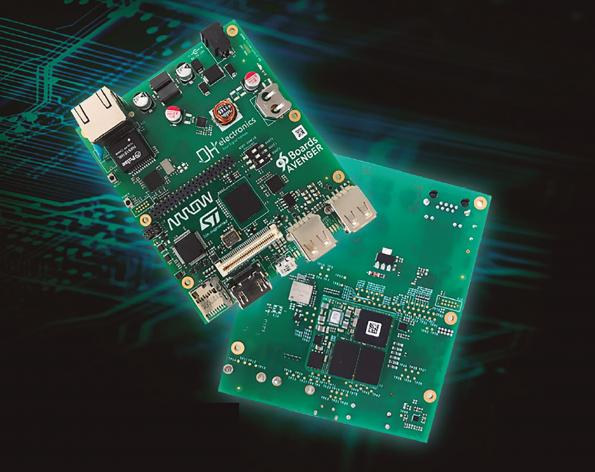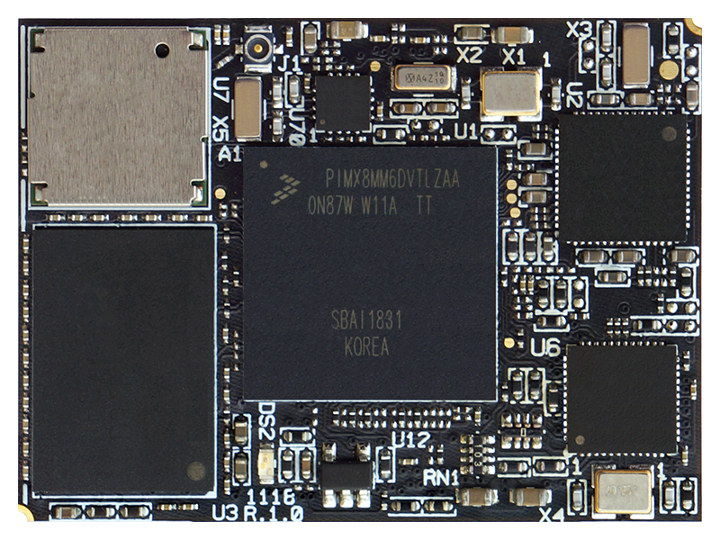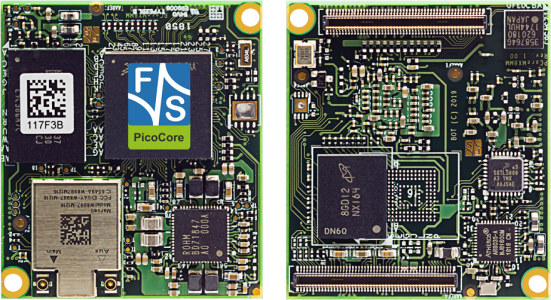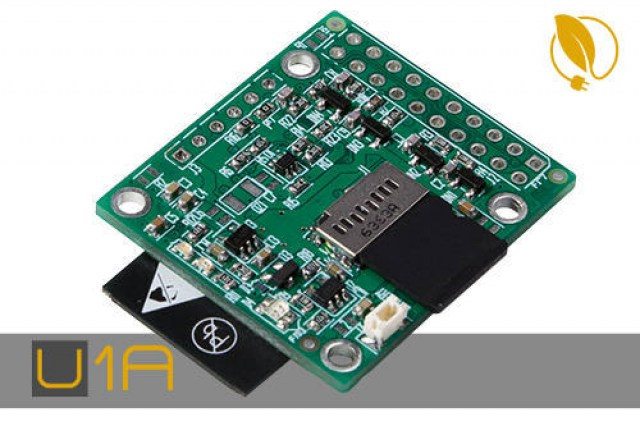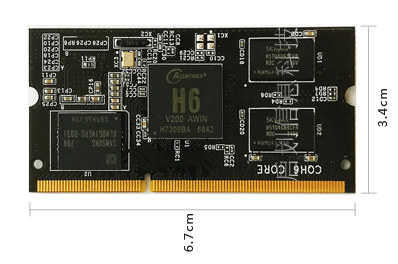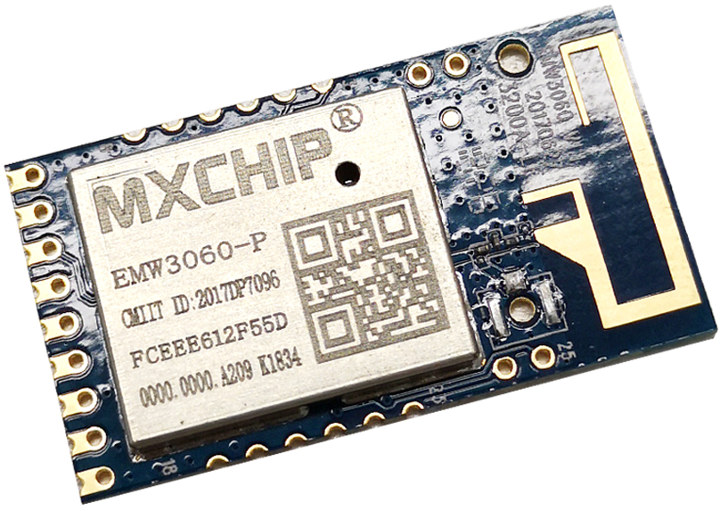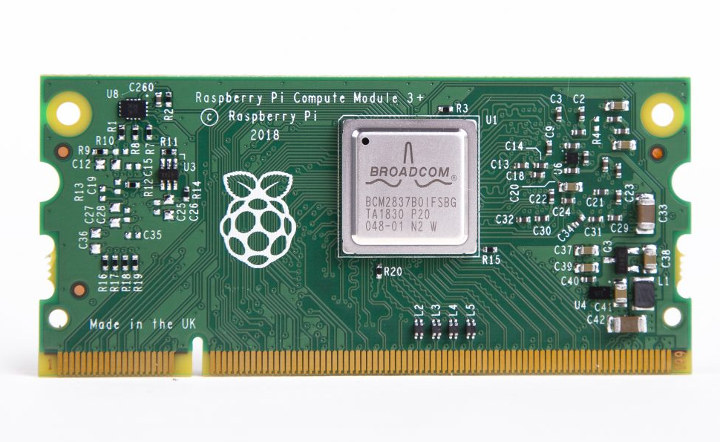I’ve been interviewing Daniel Lang, Toradex Chief Marketing Officer (CMO), over email just before Embedded World 2019, to learn a bit more about the system-on-module market, and what’s ahead. CNXSoft: We’ve already covered several Toradex systems-on-module and development kits on CNX Software, but for readers who may not know Toradex yet, could you provide a short description of what the company does in the embedded systems space? Daniel Lang: Thanks for having me. Toradex builds high reliable Arm-based System on Modules. Our focus is to make the life of developers easier and to reduce the complexity and time-to-market. We sell hardware, but most of our engineering resources focus on Software and Support. Our products are used in areas such as Industrial Automation, Medical, Transportation, Test and Measurement, Building Automation and many more. CNXSoft: Could you explain why / what type of customers go the SoM route instead of designing for […]
Avenger96 96Boards CE Extended Board Features an STMicro STM32MP1 SoM
STMicro unveiled the first STM32 microprocessor – as opposed to microcontroller – earlier this week with STM32MP1 adding one or two Cortex-A7 cores running Linux to the Cortex-M4F core usually found in STM32 microcontrollers. The company also announced their own evaluation kits and discovery kits but promised a 96boards compliant board and system-on-module would be showcased at Embedded World 2019. But Arrow Electronics has already released some limited information about a 96boards CE extended compliant STM32MP1 powered SBC called Avenger96 and that happens to be designed with a baseboard and an STM32MP157 system-on-module. Avenger96 preliminary specifications: SoC – STMicro STM32MP157 dual Arm Cortex-A7 processor @ 650MHz, Arm Cortex-M4 @ 209MHz, 3D GPU Vivante @ 533MHz with OpenGL ES 2.0 support System Memory – 1GB DRAM DDR3L @ 533MHz Storage – 8GB eMMC flash, 2MB flash, micro SD socket Video Output – HDMI 1.4 (Analog ADV7513 transceiver) Networking – Gigabit Ethernet, […]
CompuLab UCM-iMX8M-Mini is a Stamp Size i.MX 8M Mini SoM
We’ve recently written about several new hardware platforms based on the latest NXP i.MX 8M Mini processor family including Nitrogen8M_Mini SBC and F&S Elektronik PicoCore MX8MM SoM. Thanks to a new 14-nm process, the new family has the advantage of consuming less power, and the Cortex-A53 cores can run at a higher frequency. They should cost less as well thanks to cost-saving measures like the adoption of a 1080p video decoder instead of a 4K decoder found in the older NXP i.MX 8M family. CompuLab has now launched their own NXP i.MX 8M Mini SoM with UCM-iMX8M-Mini module that’s about the size of a largish stamp (38 x 28 mm) suitable for portable and space constrained applications such as professional handheld devices, wearable healthcare monitors and medical devices, autonomous drones with visual object recognition, or portable instrumentation equipment with advanced HMI. CompuLab UCM-iMX8M-Mini SoM specifications: SoC (one or the other) […]
F&S Elektronik PicoCore MX8MM System-on-Module Features NXP i.MX 8M Mini Processor
Embedded World 2019 will take place at the end of this month on February 26-28 in Nuremberg, Germany, and we can expect plenty of news related to embedded systems. It’s very likely NXP i.MX 8M Mini processor will officially be launched, and we’ll see several modules and boards announced with the lower cost 14-nm processor. F&S Elektronik Systeme has already been promoting their upcoming PicoCore MX8MM system-on-module based on NXP i.MX 8M in their newsletter ahead of Embedded World, where they’ll showcase their solutions at booth 621 in hall 2. PicoCore MX8MM specifications: SoC – NXP i.MX 8M Mini single, dual, quad core Arm Cortex-A53 @ 1.8 GHz processor, Cortex-M4 real-time core @ 400 MHz, 512KB L2-Cache, 2D/3D GPU System Memory – Up to 8GB LPDDR4 Storage – Up to 512MB SLC NAND flash or up to 32GB eMMC flash Video Decode – 1080p60 HEVC H.265, VP9, H.264, VP8 Connectivity 802.11ac […]
Novasom SBC-U1 is a Tiny Industrial grade ESP32 Single Board Computer
Novasom Industries is an international company specializing in SBCs (Single Board Computers) with offices in Romania and the US. Most of their products are based on Arm and Intel processors, and they have two product lines their U-Line for low power IoT devices, and M-Line for applications requiring multimedia processing with various Rockchip, Qualcomm, and Intel processors. One model in the U-Line caught my attention, as beside an NXP i.MX6ULL SBC, the company is also offering an industrial temperature grade ESP32 SBC named SBC-U1 / SBC-U1A. SBC-U1/SBC-U1A board specifications: SoC – Espressif Systems ESP32 dual core Tensilica LX6 processor @ 240 MHz, 384KB RAM Storage – 4MB flash, micro SD card slot up to 32GB Connectivity – 802.11 b/n/g WiFi 4, Bluetooth 4.1 LE I/Os – 24-pin 2.54mm pitch header with up to 15 GPIO @ 3.3V, I2C, SPI, 2-ch 12-bit ADC, 2-ch 10-bit DAC, 2x protected inputs up to […]
Qihua CQH6 SoM – A Better Alternative to Raspberry Pi Compute Model 3+?
The Raspberry Pi Foundation just launched the Raspberry Pi Compute Module 3+ for $25 and up with Broadcom BCM2837B0 processor offering better thermals than BCM2837 processor. As is often the case, this post generated some insightful comments from the smart readers of CNX Software, and they pointed out some of the shortcomings of the module such as the lack of Ethernet support that would be required for cluster use cases for example. You can also add a USB to Ethernet chip to the carrier board, but that’s not ideal, and instead someone linked to Qihua CQH6 system-on-module powered by Allwinner H6 processor and sold for 158 RMB ($23.5 USD) or 199 RMB ($29.65) for respectively 512MB RAM/4GB flash and 1GB RAM/8GB flash configurations. Qihua CQH6 module specifications: SoC – Allwinner H6 quad-core Cortex A53 processor @ 1.8 GHz with Arm Mali-T720MP GPU System Memory – 512MB, 1GB or 2GB DDR3L […]
MXCHIP EMW3060 WiFi IoT module sells for less than $2
Over the last few years, we’ve seen several Arm based WiFi IoT modules trying to compete with Tensilica based ESP8266 including Pine64 PADI IoT Stamp and Air602 WiFi IoT modules with similar functionalities and price (around $2) as the Espressif modules. I have not seen many projects with any of those Arm based wireless modules, likely because Espressif Systems software ecosystem is mature, and it’s hard to compete for new entrants. Nevertheless there’s a new Arm WiFi IoT module, not based on Cortex-M core, but instead, MXCHIP EMW3060 is equipped with an older ARM9 core, 256KB RAM, and 2MB flash, and sells for just $1.79 on Seeed Studio in single quantity. The price further drops to $1.55 per unit if you order 50 pieces or more. MXCHIP EMW3060 WiFi IoT module specifications: SoC ARM9 core clocked at 120 MHz System Memory – 256KB SRAM Storage – 2MB flash Connectivity – […]
Raspberry Pi Compute Module 3+ Launched with Broadcom BCM2837B0 Processor, Up to 32GB Flash
Raspberry Pi 3 Compute Modules CM3 and CM3L launched about two years ago based on Broadcom BCM2837 quad core processor found in Raspberry Pi 3 board. Last year, the Raspberry Pi Foundation introduced Raspberry Pi 3B+ board with a slightly faster Broadcom BCM2837B0 processor, Gigabit Ethernet, and WiFi 802.11ac. So it would have made sense for the foundation to provide an upgrade to their CM3 compute modules with Broadcom BCM2837B0 processor, and that’s exactly what they’ve done with the launch of Raspberry Pi Compute Module 3+ for $25 and up. There are four variants of Raspberry Pi Compute Module 3+ with different storage options and sharing the following specifications: SoC – Broadcom BCM2837B0 quad core Cortex A53 processor @ 1.2 GHz with Videocore IV GPU System Memory – 1GB LPDDR2 SDRAM Storage CM3+/Lite – SD card signals through SO-DIMM connector CM3+/8GB – 8GB eMMC flash CM3+/16 GB – 16GB eMMC […]



